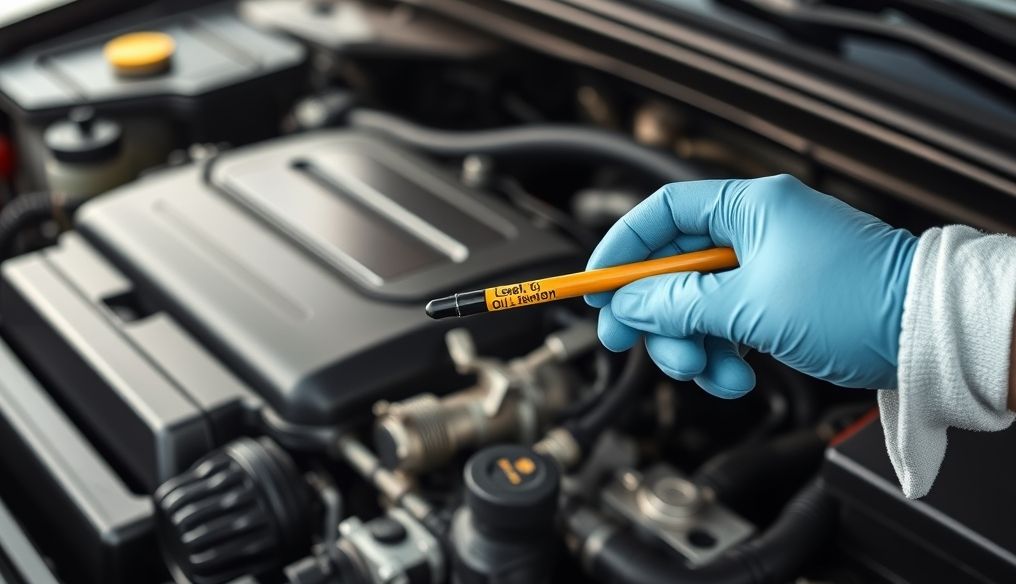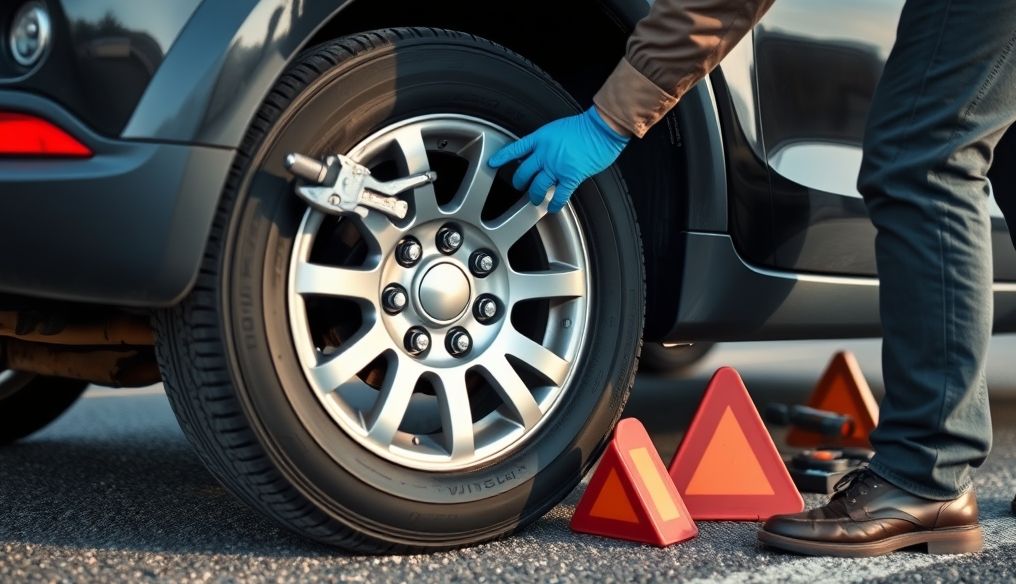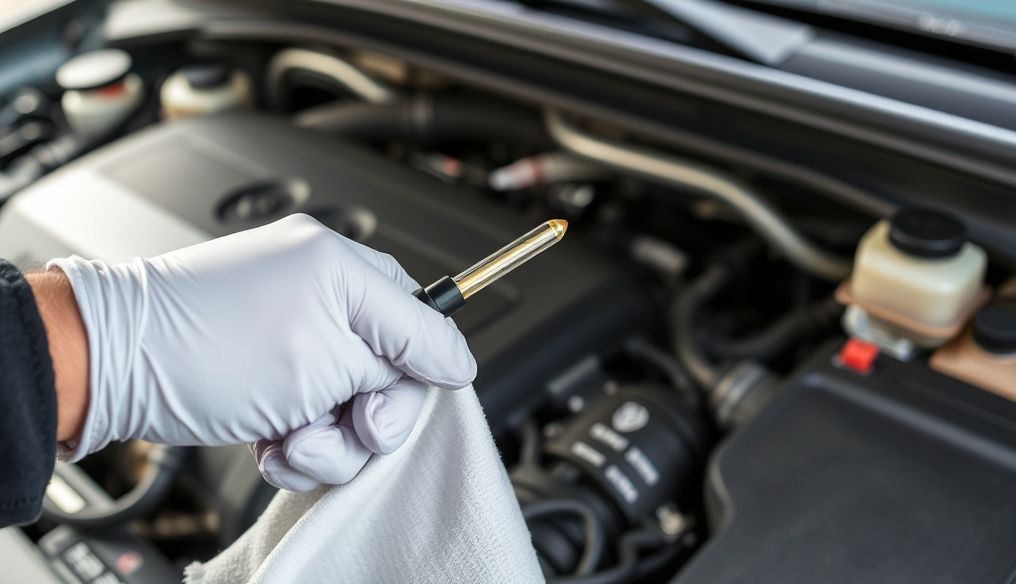How to Check Your Car's Engine Oil and Coolant Yourself and Avoid Problems?
Regular car maintenance is not just a luxury, but a necessity to maintain optimal performance and avoid sudden and costly breakdowns. Among the most important aspects of regular maintenance is checking the engine oil and coolant. These simple operations can reveal potential problems before they escalate, saving you time, money, and effort.
Why is Checking Engine Oil and Coolant Important?
Engine oil lubricates the moving parts inside the engine, reducing friction and preventing wear. It also helps cool the engine and clean it of impurities. Over time, the oil loses its properties and becomes contaminated with impurities, reducing its effectiveness and leading to engine damage. Coolant, on the other hand, is essential for maintaining the engine temperature within the normal range. A lack of coolant or its contamination can lead to overheating, which can cause serious damage.
Checking Engine Oil: A Step-by-Step Guide
1. Necessary Tools
- Gloves to protect your hands
- Clean cloth
- Your car's owner's manual (to find the location of the dipstick and the recommended oil type)
2. When to Check?
The best time to check the engine oil is when the engine is cold, i.e., before starting the car or after it has been turned off for a long time (at least several hours). This ensures that the oil has settled in the oil pan, giving an accurate reading.
3. Checking Steps
- Locate the dipstick: The dipstick is usually a metal or plastic rod with a distinctive color (usually yellow or orange) and located near the engine. Check your car's owner's manual if you are unsure of its location.
- Pull out and clean the dipstick: Pull the dipstick out and clean it with a clean cloth. This removes any old oil stuck to it.
- Reinsert the dipstick: Insert the dipstick back into its place all the way, then pull it out again.
- Check the oil level: Look at the end of the dipstick. The oil level should be between the minimum (MIN) and maximum (MAX) marks. If the level is below the minimum, it means you need to add oil.
- Check the oil quality: In addition to the oil level, pay attention to its color and texture. The oil should be clean and relatively transparent. If the oil is too dark, viscous, or contains impurities, it means it needs to be changed.
4. Adding Oil (If Necessary)
If the oil level is low, add the recommended type of oil (mentioned in the owner's manual) in small amounts, and check the level after each addition until it reaches the required mark. Avoid adding a large amount of oil at once, as this can lead to engine problems.
Checking Coolant: A Step-by-Step Guide
1. Necessary Tools
- Gloves to protect your hands
- Clean cloth
- Your car's owner's manual (to find the location of the coolant reservoir and the recommended coolant type)
2. When to Check?
The coolant should be checked when the engine is cold. Do not attempt to check or open the coolant reservoir cap when the engine is hot, as this can lead to serious injuries due to hot steam.
3. Checking Steps
- Locate the coolant reservoir: The coolant reservoir is usually made of plastic and is partially transparent, with markings indicating the minimum (MIN) and maximum (MAX) fluid levels. Check your car's owner's manual if you are unsure of its location.
- Check the fluid level: Look at the fluid level in the reservoir. The level should be between the minimum and maximum marks. If the level is below the minimum, it means you need to add coolant.
- Check the fluid quality: Pay attention to the color of the fluid. The coolant should be clean and free of impurities. If the fluid is rusty or contains impurities, it means it needs to be changed.
4. Adding Coolant (If Necessary)
If the coolant level is low, add the recommended type of coolant (mentioned in the owner's manual) until it reaches the required mark. You can use a 50/50 mixture of coolant and distilled water if you do not have ready-made coolant.
5. Check for Leaks
Inspect the coolant reservoir and the hoses connected to it for any signs of leakage. If you find any leaks, repair them as soon as possible.
Additional Tips
- Adhere to the regular maintenance schedule: Follow the maintenance schedule recommended by your car's manufacturer. This includes changing the engine oil and oil filter at the specified intervals.
- Use recommended oils and coolants: Always use the oils and coolants recommended by your car's manufacturer. Using unsuitable types can lead to engine problems.
- Monitor the engine temperature: Pay attention to the engine temperature gauge on the dashboard. If the temperature rises abnormally, stop driving and contact a qualified technician.
- Inspect the car regularly: In addition to checking the engine oil and coolant, regularly inspect your car for any other signs of problems, such as strange noises or unusual odors.
Conclusion
Checking your engine oil and coolant yourself is an essential part of regular car maintenance. By following the steps mentioned in this article, you can ensure that your car's engine is running properly and avoid costly breakdowns. Remember that preventive maintenance is always better and cheaper than repair.
Important Statistics:
According to a study by AAA, up to 80% of oil-related car breakdowns can be avoided by regular inspection and timely oil changes.
Statistics show that engine overheating is a major cause of roadside breakdowns, and it can be prevented by regularly checking the coolant.
Important Note: This article provides general information. Please refer to your car's owner's manual for specific information about your car model.




